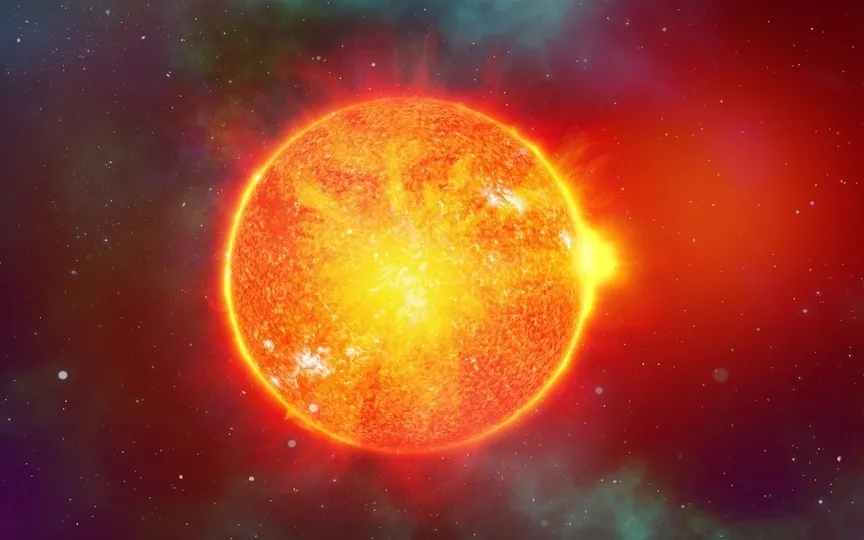Witness the Unprecedented: Powerful Solar Storm Sparks Rare Auroras in Peru!
Solar storms are typically known to hit the Earth’s polar region, as a result of our planet’s magnetic field lines. This is why we mainly observe auroras in high latitude areas, where the atmosphere contains a large number of charged particles that ionize oxygen and nitrogen, producing vibrant colors. As these charged particles move towards lower latitudes, they disperse and auroras become less visible. Nevertheless, the recent solar storm that occurred on the night of November 5 and early morning of November 6 could potentially be a groundbreaking event, as it triggered auroras as far south as the equator.
Tamitha Skov, a well-known space weather physicist who previously worked with NASA, shared this information in X, saying: “History is in the making? This G3 level #solarstorm may have produced an incredibly elusive low-latitude ‘random aurora’. as evidenced by this anecdotal report of an #aurora in Peru. It was caught on video and several commenters confirm they saw it too.” Along with the message, he shared a video in which the Peruvian evening sky can be seen turning pinkish red.
A solar storm causes the aurora borealis behind the equator
We’ve seen G3 storms earlier this year, as well as last year. These are always tricky because they can damage the electronics. Last year’s G3 geomagnetic storm brought down 40 of Elon Musk’s Starlink satellites, and earlier this year it shut down oil rigs in Canada. While this weekend’s storm didn’t cause any such incidents (that we know of so far), it did something much more incredible.
There’s a reason solar storms aren’t seen near the equator, and that’s because the magnetic field lines are strong and move poleward, so CMEs or solar winds can’t find an entry point. When these charged particles pass through the polar region, they come into contact with atmospheric gases and burn them with an ionizing charge, creating the spectacular aurora borealis.
However, this solar storm was able to send solar particles beyond the equator to Peru in South America. This could happen either because the charge was too strong or because the mass of the CME was too large to fit into high and mid-latitudes. In any case, it shattered the notion that the equatorial regions are safe from solar storms.




